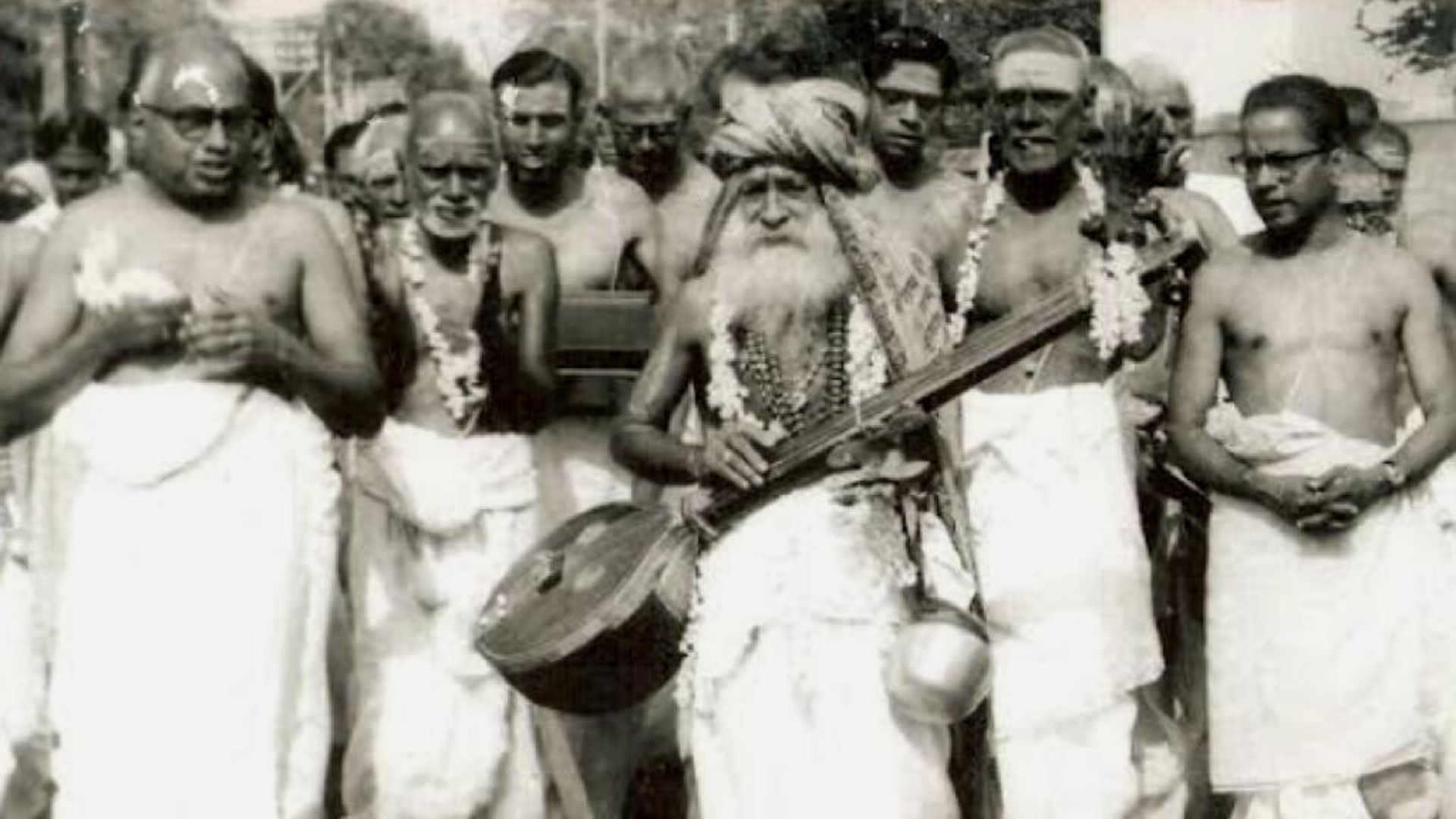
The Tamil month of Marghazhi (mid-December to mid-January) is very sacred. People would visit a temple almost every day. The day would start early. Members of the household would have a nice bath in the cold weather and put on traditional clothes. They would gather themselves and go to a temple by about 6 AM. The morning pooja and arati at the temple would be witnessed by the devotees. They would offer their prayers, collect the prasadam, and at times go to a nearby hotel to have fine-filter coffee before returning home. Commuters on two-wheelers would be found wearing a muffler. The women would be at their best. Many of them would be seen in their Conjeevarams.
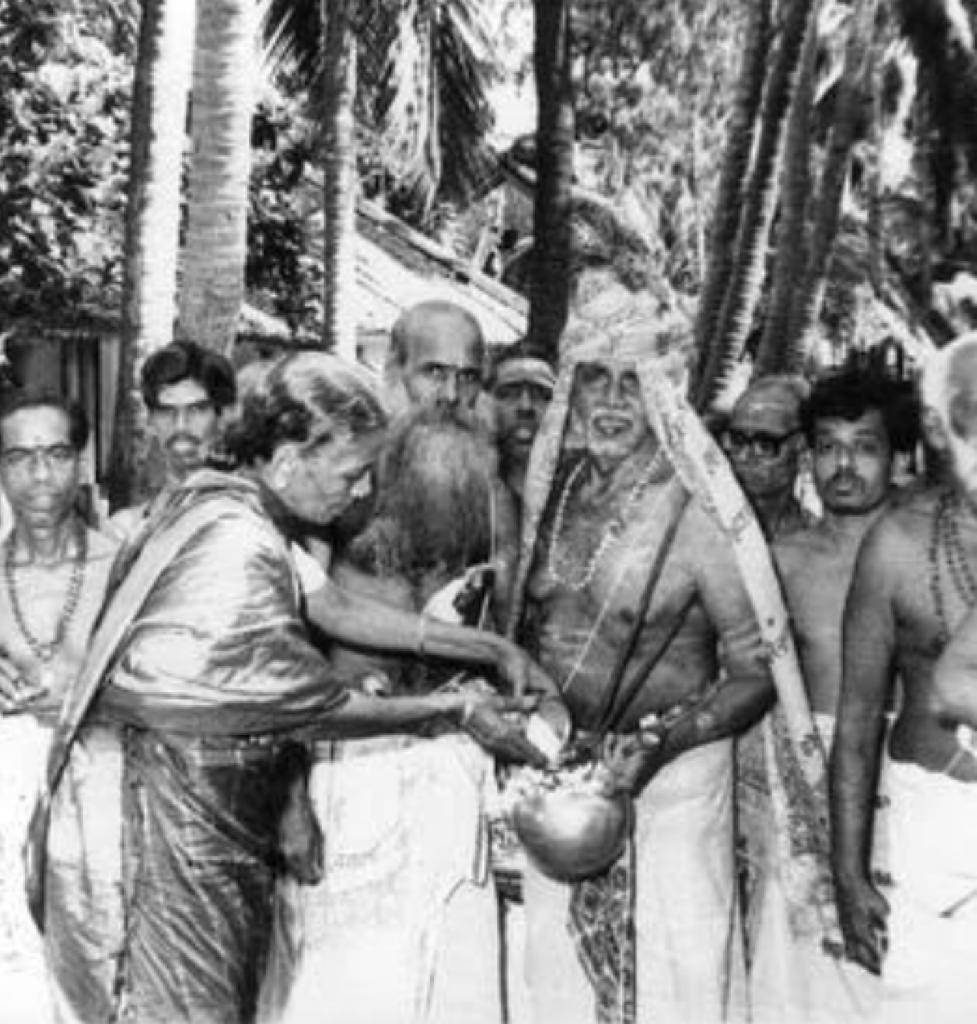 This practice has been part of our society for a long time. People would be waiting for their harvest those days. The entire household would be up and ready. Homemakers would clean up the entrance and put a nice kolam. These kolams would be made up of a number of dots which would have been brought together with the aid of a loop-like serpentine line. This kolam would kind of represent the coming together of the individuals in the society. The attractive kolam actually signifies the beauty that can be achieved through unity. This sikkal ( knotted ) kolam also signifies the vagaries of life and that we should try to move ahead and meet the purpose.
This practice has been part of our society for a long time. People would be waiting for their harvest those days. The entire household would be up and ready. Homemakers would clean up the entrance and put a nice kolam. These kolams would be made up of a number of dots which would have been brought together with the aid of a loop-like serpentine line. This kolam would kind of represent the coming together of the individuals in the society. The attractive kolam actually signifies the beauty that can be achieved through unity. This sikkal ( knotted ) kolam also signifies the vagaries of life and that we should try to move ahead and meet the purpose.
Marghazhi is also the time for bhajans and processions during the early hours of the morning. The devout would place a picture or the icon of a deity ( mostly Lord Krishna or the poetess divine - Andal ) on a wheeled platform and take it around the neighbourhood. This will be covered, and the deity will be well-decorated. Lamps would be placed on either side, and an arati plate would be at the service of the devotees. A group of people would sing songs and take the deity around. These would be devotional bhajans, verses from Thiruppavai or Thiruvembavai. The Vaishnavaites would recite Thiruppavai, and the Thiruvembavai would be recited by the Shaivaites. The vehicle would stop once in a way, and passers-by and residents would throng in front of the same in order to offer their prayers. Again homemakers would be most courteous. They would pour water on the streets while welcoming the divine vehicle.
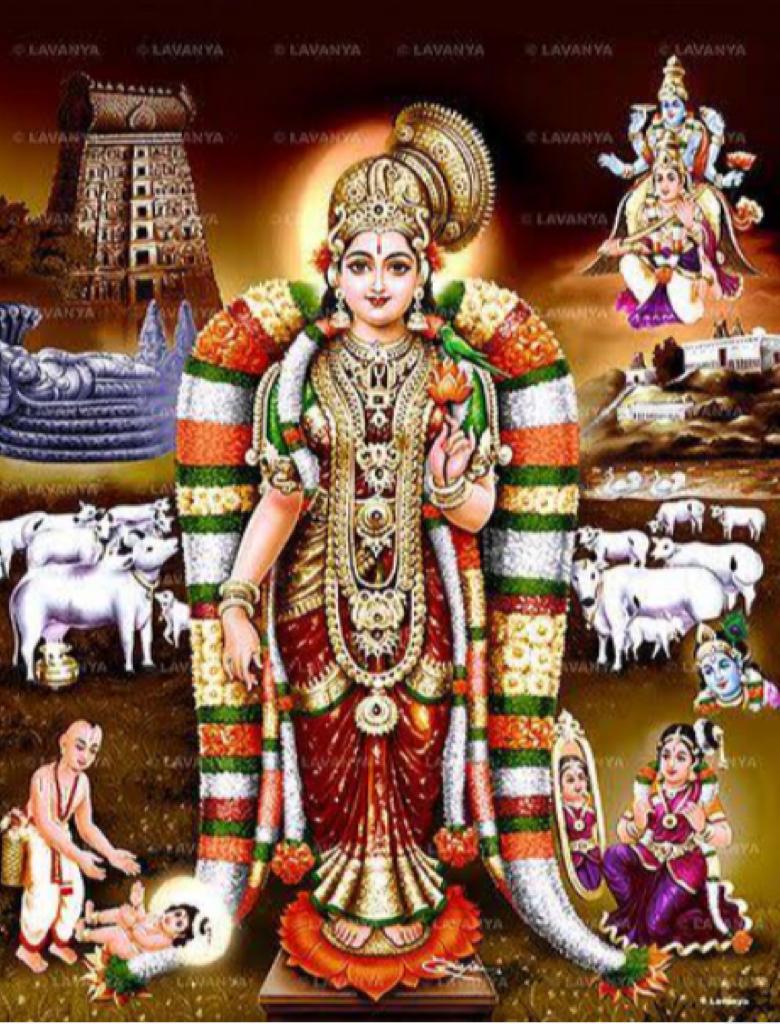 The bhajan group would consist of people carrying cymbals, tampura, etc.; a lead person would normally wear headgear with the fabric flowing over the back. The entire team will be barefooted, and all of them will be seen sporting a holy sign on their foreheads. Most of the participants would be wearing a strand of flowers on themselves. It would be a lovely sight to behold. Some of the homes would offer milk, coffee, and fruits to the bhajan team. The team would get bigger and bigger over the course of time. Divine music will send in lovely vibrations within the neighbourhood. The processional deity and cart would belong to a local bhajan temple. Bhajanai Kovilgal ( Bhajan Temples ) had been constructed for this purpose. Members from each and every community had their own bhajan temples, and they would do the prayers all by themselves. This approach was inclusive.
The bhajan group would consist of people carrying cymbals, tampura, etc.; a lead person would normally wear headgear with the fabric flowing over the back. The entire team will be barefooted, and all of them will be seen sporting a holy sign on their foreheads. Most of the participants would be wearing a strand of flowers on themselves. It would be a lovely sight to behold. Some of the homes would offer milk, coffee, and fruits to the bhajan team. The team would get bigger and bigger over the course of time. Divine music will send in lovely vibrations within the neighbourhood. The processional deity and cart would belong to a local bhajan temple. Bhajanai Kovilgal ( Bhajan Temples ) had been constructed for this purpose. Members from each and every community had their own bhajan temples, and they would do the prayers all by themselves. This approach was inclusive.
Pongal, puliyodharai, kalkandu rice, or sambar rice would be distributed to the devotees. Many of the temples have been known for offering an elaborate prasadam. For example, the devotees of the Nanjundapuram Perumal temple ( Coimbatore, Tamilnadu ) offer a nice breakfast every day during Marghazi. Individual and group sponsors are part of this exercise. It would be nice to see the devotees serving hot breakfast to one and all. The entire street leading to the temple will look festive. The trustee Shankar Manivannan and his relatives can be seen taking an active part in the Marghazhi activities.
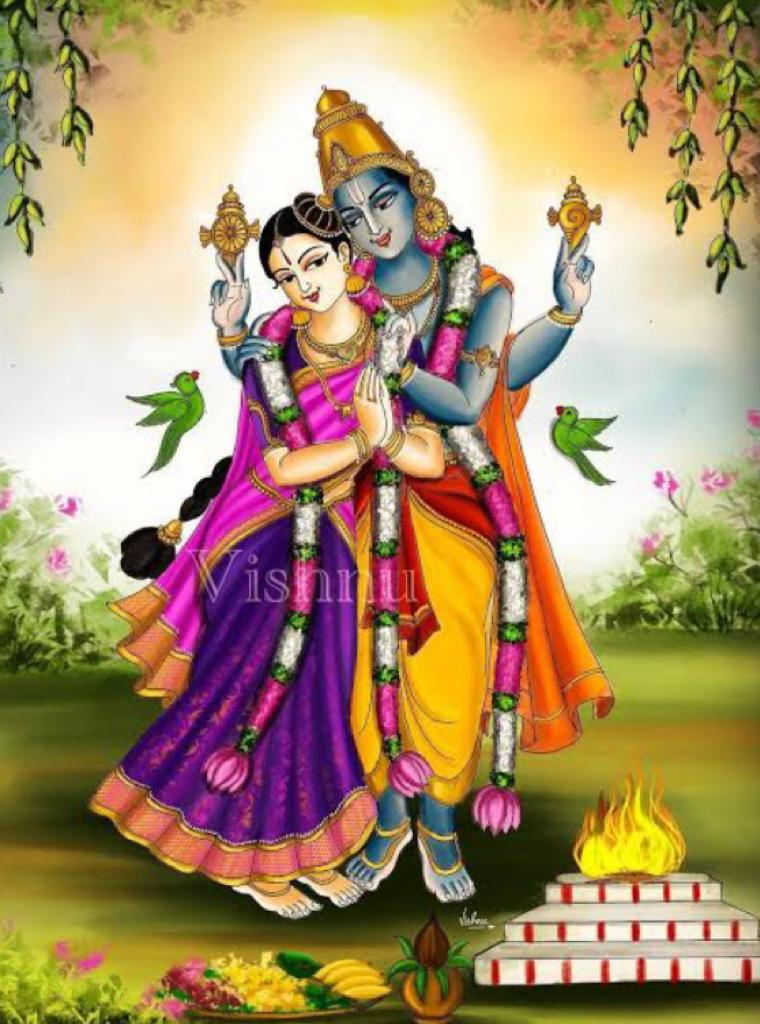 Kanmani and her friends at Sivakasi are known for creating huge Rangoli kolams in their neighborhood temple. They get up pretty early and literally rush to the temple. It will be one concept a day. In addition to all these activities, local Thiruppavai and Thiruvembavai Committees sponsor lectures to the public in the various parts of Tamilnadu. The Thiruppavai lectures ( kathakalashepams / lectures ) are done every day. A speaker will address a gathering for nearly two hours for 30 days. The 60-plus-year-old Coimbatore Thiuppavai Sangam organizes lectures every year. Advocate N. Parthasarathy was an active Secretary for several years. Nowadays, it is managed by V. Ravichandran and V.V. Parthasarathy, along with a team of Bhagavathas. Lectures by Velukkudi Krishnan Swamigal, V.S.Karunakara Acharya, Aravamudachariar, O.R.Devanathan, and many others added to the spiritual knowledge of the devotees.
Kanmani and her friends at Sivakasi are known for creating huge Rangoli kolams in their neighborhood temple. They get up pretty early and literally rush to the temple. It will be one concept a day. In addition to all these activities, local Thiruppavai and Thiruvembavai Committees sponsor lectures to the public in the various parts of Tamilnadu. The Thiruppavai lectures ( kathakalashepams / lectures ) are done every day. A speaker will address a gathering for nearly two hours for 30 days. The 60-plus-year-old Coimbatore Thiuppavai Sangam organizes lectures every year. Advocate N. Parthasarathy was an active Secretary for several years. Nowadays, it is managed by V. Ravichandran and V.V. Parthasarathy, along with a team of Bhagavathas. Lectures by Velukkudi Krishnan Swamigal, V.S.Karunakara Acharya, Aravamudachariar, O.R.Devanathan, and many others added to the spiritual knowledge of the devotees.
Preparing the household for Pongal (Makara Sankranthi ) is also a cultural exercise. Households are known to clear unwanted stuff and get whitewashed during Marghazhi. The Bhogi festival witnesses homes throwing away their unwanted items. Homemakers are known to cook and offer one type of flavored rice every day. In fact, magazines and youtube channels are known for offering recipes and ideas! Years ago, homemakers were known for making dung cones and placing them on kolams. These dung cones were made into patties in order to use them as fuel during Pongal. This practice has seen a decline these days.
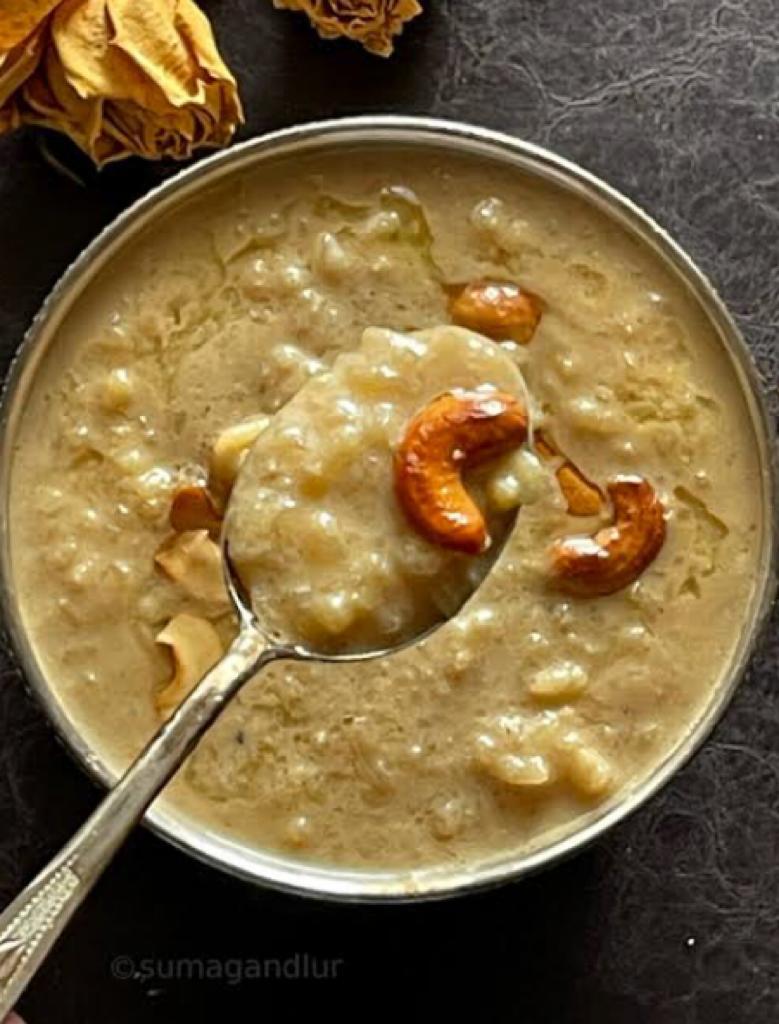 The Goodaraivalli Festival is an essential part of Marghazhi. Households would make the rich and sweet Akkaravadisal and offer it to Lord Rajagopala, who is also known as Rajamannar. Muzham kai nei vazhiya would be the order of the day ( ghee in the Akkaravadisal would have to drip and flow from the fingertip to the end of the elbow ). Girls would dress up like Andal and pray to her in order to get a nice life partner. The devout are known to read Thiruppavai verses every day and the purport of the verse of the day is part of the exercise. Chithira Thiruppavai , the book by the Tirumala Tirupathi Devasthanams has been the preferred one. It was brought out due to the extraordinary efforts of C.Anna Rao, who had been at the helm of affairs long ago. This wonderful book carries an illustration that kind of conveys the meaning of each verse. The author has shared the word-by-word meaning, literal meaning in the paragraph form, and the inner philosophical meaning too.
The Goodaraivalli Festival is an essential part of Marghazhi. Households would make the rich and sweet Akkaravadisal and offer it to Lord Rajagopala, who is also known as Rajamannar. Muzham kai nei vazhiya would be the order of the day ( ghee in the Akkaravadisal would have to drip and flow from the fingertip to the end of the elbow ). Girls would dress up like Andal and pray to her in order to get a nice life partner. The devout are known to read Thiruppavai verses every day and the purport of the verse of the day is part of the exercise. Chithira Thiruppavai , the book by the Tirumala Tirupathi Devasthanams has been the preferred one. It was brought out due to the extraordinary efforts of C.Anna Rao, who had been at the helm of affairs long ago. This wonderful book carries an illustration that kind of conveys the meaning of each verse. The author has shared the word-by-word meaning, literal meaning in the paragraph form, and the inner philosophical meaning too.
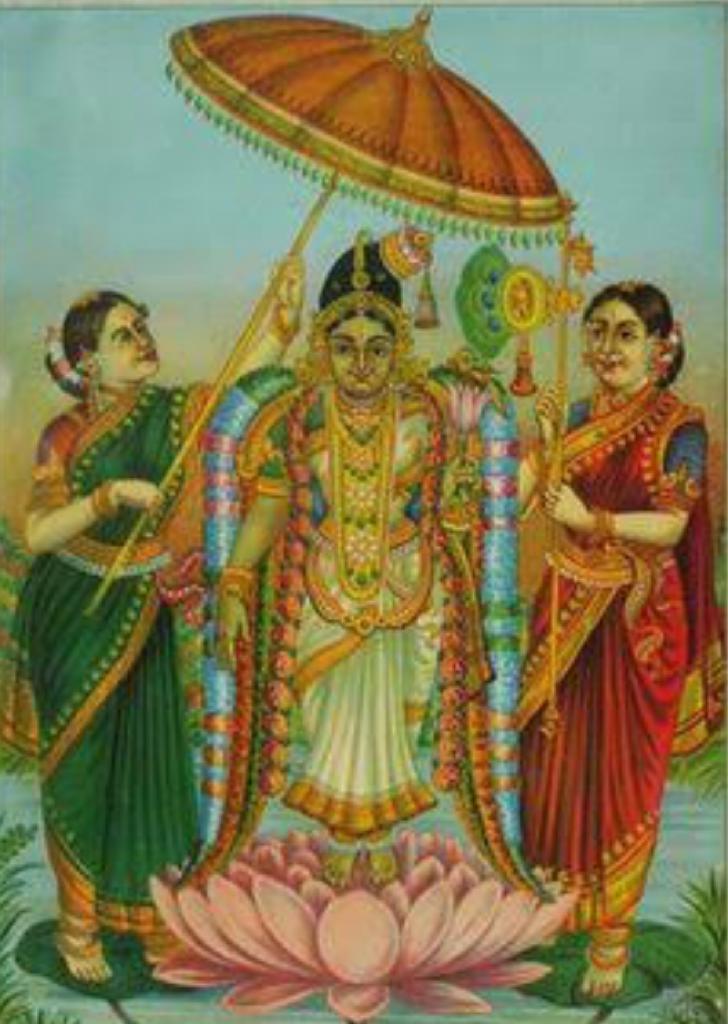 The Thiruppavai coveys the message in accordance with the Visishtadvaita school of thought in accordance with the tenets propounded by the great Yati Ramanujacharya ( 1017 - 1137 AD ). The next important thing would be the purchase of the Pongal pot. Some households would get one made of clay, while some households use pots made of metal. The rich and the devout are known to use silver pots for making Pongal. The Pongal or Makara Sankranthi is the harvest festival, and therefore the agrarian populace would wear new clothes. In fact, the Pongal is celebrated with greater gusto in the Telugu-speaking parts of the country.
The Thiruppavai coveys the message in accordance with the Visishtadvaita school of thought in accordance with the tenets propounded by the great Yati Ramanujacharya ( 1017 - 1137 AD ). The next important thing would be the purchase of the Pongal pot. Some households would get one made of clay, while some households use pots made of metal. The rich and the devout are known to use silver pots for making Pongal. The Pongal or Makara Sankranthi is the harvest festival, and therefore the agrarian populace would wear new clothes. In fact, the Pongal is celebrated with greater gusto in the Telugu-speaking parts of the country.
Marghazhi Nombhu used to witness young damsels wearing the traditional pavadai, thavani ( half saree ), long plats, flowers, glass bangles, and traditional jewelry. These young damsels kind of prepare themselves for their future by observing the Marghazhi Nombhu. This festival and tradition have sustained Tamilnadu, The Temple State of the World, for several centuries.
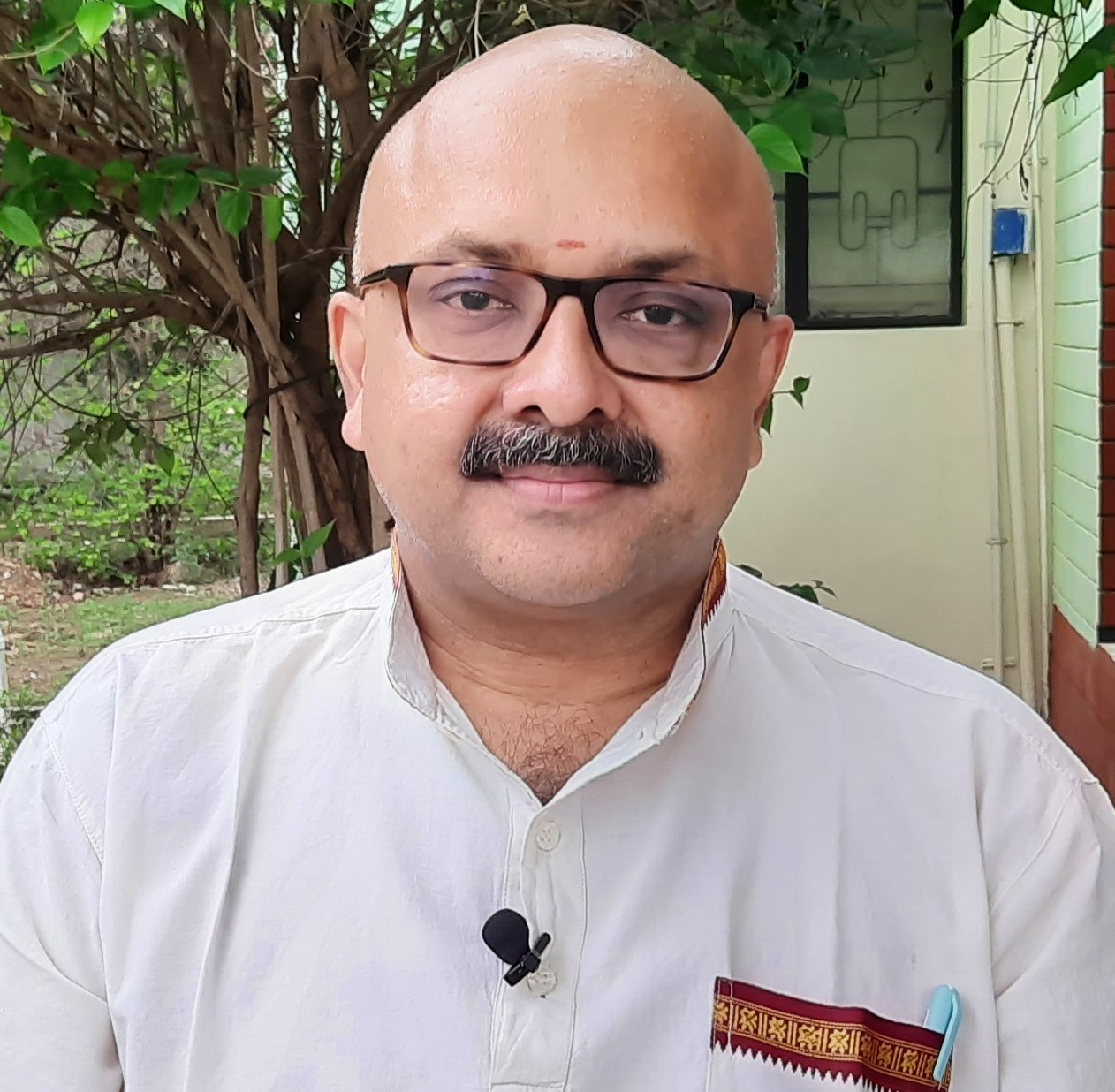 Mr. Rajesh Govindarajulu is one of the founding members of The Verandah Club Pvt. Ltd. He is a leading columnist, historian, jeweler, entrepreneur, and a heritage enthusiast who is earnestly working to revive the past in the light of the present. Experiential learning about the history of Coimbatore is his main course of interest and he is also a panel member of many colleges in the city.
Mr. Rajesh Govindarajulu is one of the founding members of The Verandah Club Pvt. Ltd. He is a leading columnist, historian, jeweler, entrepreneur, and a heritage enthusiast who is earnestly working to revive the past in the light of the present. Experiential learning about the history of Coimbatore is his main course of interest and he is also a panel member of many colleges in the city.
NEXT ARTICLE

Subramania Bharati, often referred to as Mahakavi Bharati (Great Poet Bharati), was a revolutionary poet, journalist, and social reformer whose words...
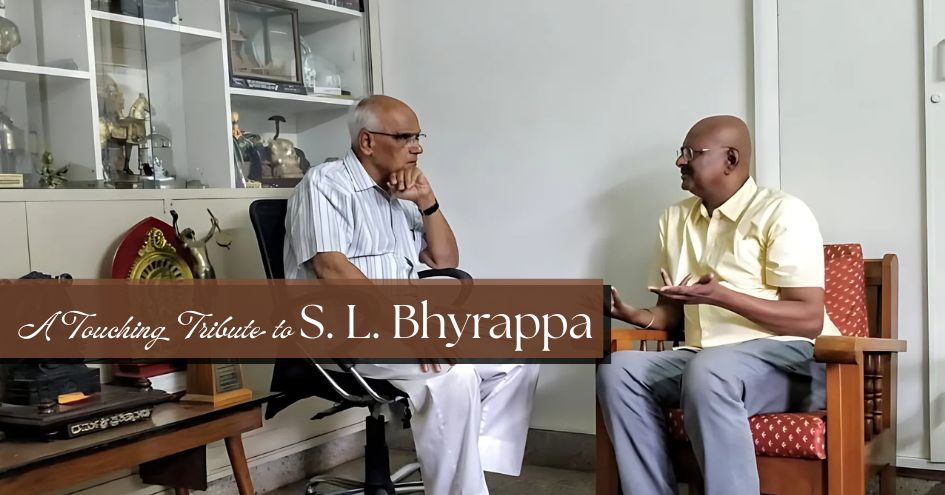
Some writers tell stories, and then there are those rare souls who hold up a mirror to our civilisation, our history, and our innermost selves. Sri Sa...